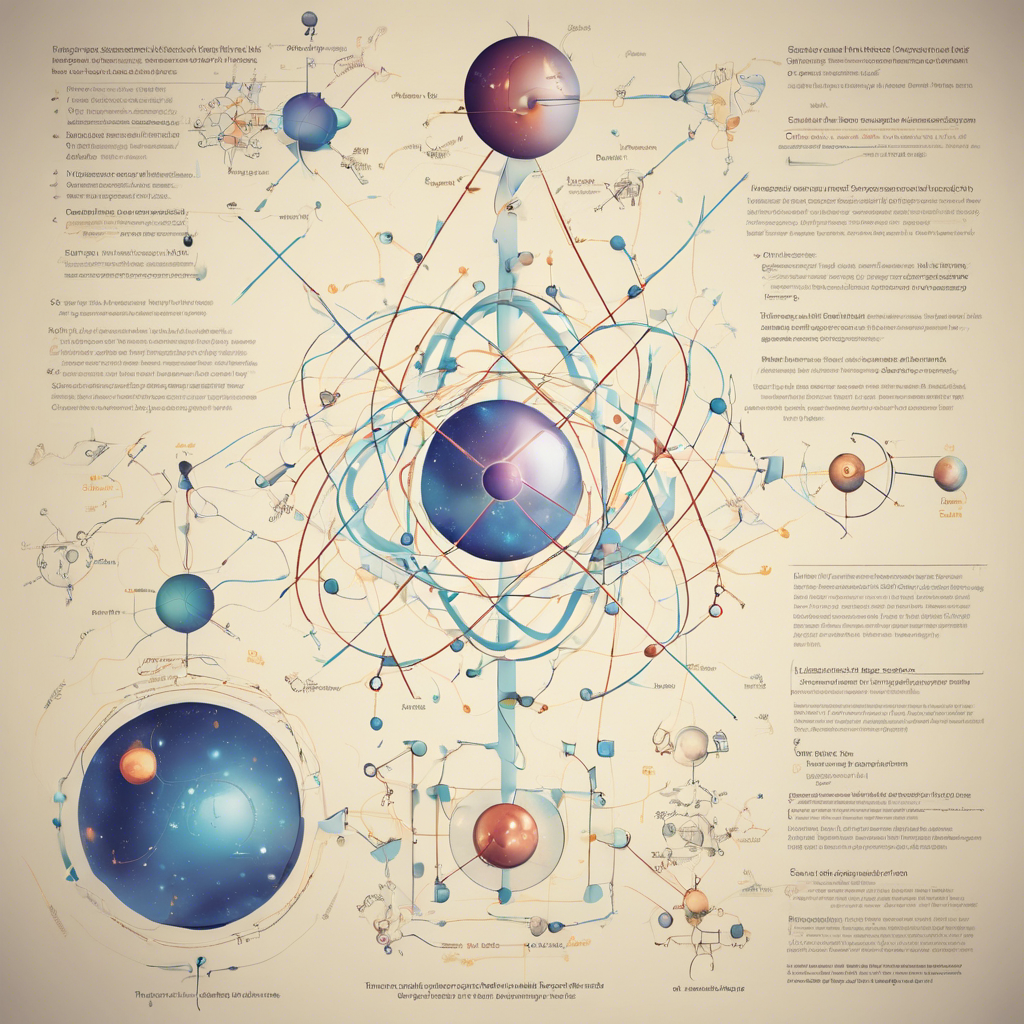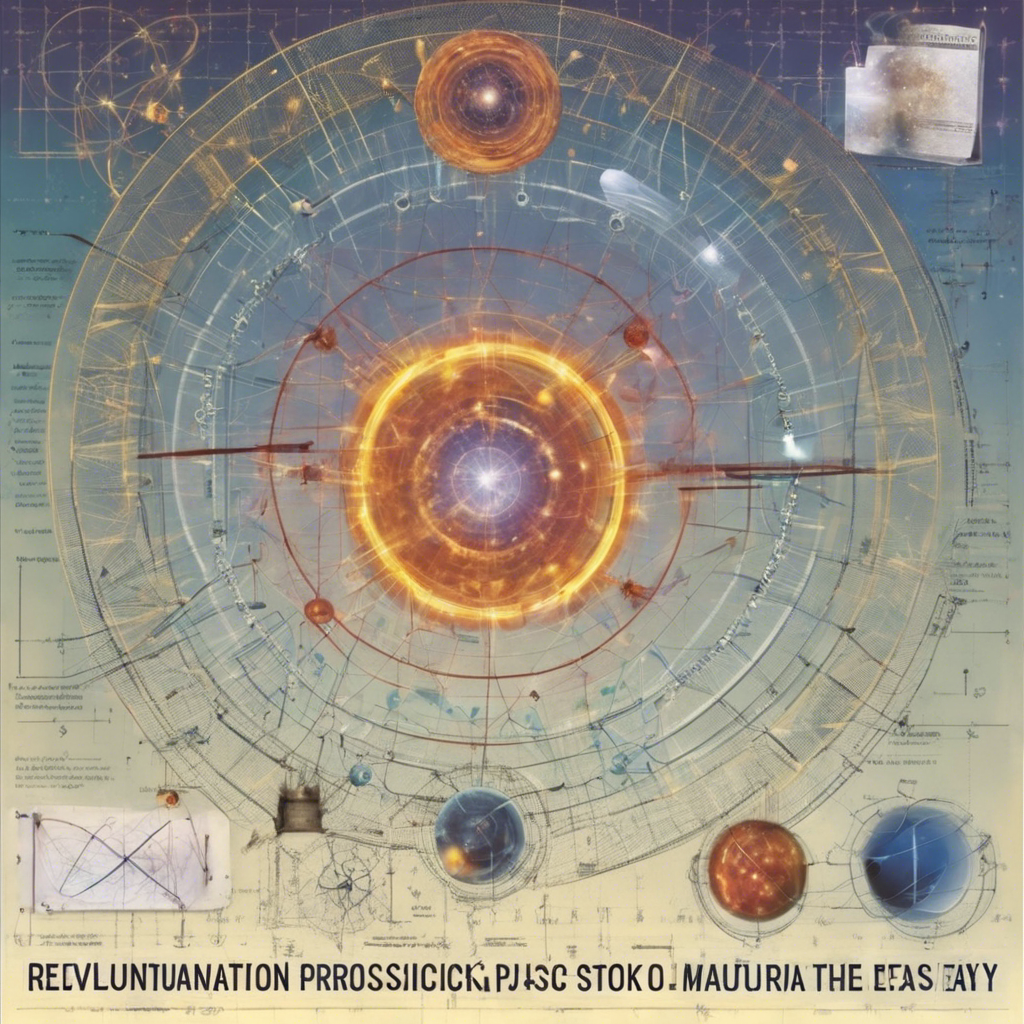Prof Bob Coecke’s groundbreaking approach is making quantum physics accessible to all
Quantum physics, the perplexing theory that governs the microscopic world, has long been regarded as esoteric and reserved for advanced physics students. However, Belgian physicist and musician Prof Bob Coecke is on a mission to change that. With his revolutionary approach using diagrams, Coecke aims to teach quantum physics to a mass audience, making it more inclusive and understandable for everyone. In a recent education experiment, Coecke and his team successfully taught the pictorial method to a group of UK schoolchildren, who outperformed postgraduate physics students at Oxford University. This groundbreaking achievement has the potential to reshape STEM education and bridge the gap between complex scientific concepts and everyday understanding.
Demystifying Quantum Physics for All Ages
Coecke’s motivation to make quantum physics accessible stems from the realization that the world is becoming increasingly reliant on technology and artificial intelligence (AI), with few truly understanding the underlying principles. As a former Oxford professor and now a quantum computing expert, Coecke believes that it is crucial for people to grasp the fundamentals of quantum physics before these technologies become ubiquitous. By demystifying quantum physics, Coecke aims to empower individuals to navigate the rapidly evolving technological landscape and participate in shaping its future.
The Success of the Education Experiment
In the education experiment conducted by Coecke and his team, 54 schoolchildren aged 15-17 were randomly selected from a pool of applicants. Over the course of eight weeks, these students received two hours of online classes per week, using Coecke’s diagram-based approach. The students were then tested using questions from an Oxford postgraduate quantum physics exam. Astonishingly, over 80% of the students passed the test, with approximately half earning a distinction. This remarkable achievement not only highlights the effectiveness of Coecke’s method but also challenges the notion that quantum physics is too complex for beginners.
Overcoming Challenges and Breaking Barriers
Coecke acknowledges the challenges faced during the education experiment, particularly due to the limitations imposed by the COVID-19 pandemic. The students’ reluctance to turn on their cameras and their preference for typing questions rather than speaking presented teaching challenges. However, despite these obstacles, the students’ enthusiasm for a math-free approach and the removal of the mathematics barrier allowed them to excel in their understanding of quantum physics. This success demonstrates the potential of Coecke’s method to engage and educate students who may have previously been deterred by the mathematical complexities associated with the subject.
The Origins of Quantum Picturalism
Coecke’s approach, known as “quantum picturalism,” draws on his background as a visual artist and musician. The method originated from his collaboration with senior colleague Samson Abramsky at Oxford University’s computer science department. Their goal was to develop a high-level programming language for quantum computers that could be easily understood by non-experts. Using category theory, a branch of mathematics that employs diagrams to describe collections of objects, Coecke and Abramsky devised a formalism of quantum mechanics that could be represented visually. Over the years, Coecke refined this approach, culminating in the publication of Quantum in Pictures, a book co-authored with Dr Stefano Gogioso.
Conveying Complex Concepts Through Diagrams
Quantum picturalism simplifies the visualization of complex quantum phenomena through the use of diagrams. Quantum circuits, represented by boxes connected by wires, illustrate various quantum processes. For example, teleportation is depicted as sliding boxes along a wire, while measurements are represented by spider-like boxes with multiple legs or wires. The diagrammatic representation of quantum particles being in multiple places simultaneously before measurement involves two legs entering a spider-like box and one leg emerging on the other side, symbolizing the outcome. This visual approach enables individuals to grasp abstract concepts intuitively, bypassing the need for extensive mathematical calculations.
Conclusion:
Bob Coecke’s groundbreaking work in quantum picturalism has the potential to revolutionize STEM education and make quantum physics accessible to a wider audience. By using diagrams to convey complex concepts, Coecke has successfully taught UK schoolchildren quantum physics, surpassing the performance of postgraduate students. This achievement challenges the perception that quantum physics is only comprehensible to a select few. Coecke’s method has garnered interest from various governments and education departments, indicating the potential for its implementation on a broader scale. With his vision of a more inclusive and comprehensible approach to quantum physics, Coecke is paving the way for a future generation of scientifically literate individuals who can navigate the complexities of our technological world.











